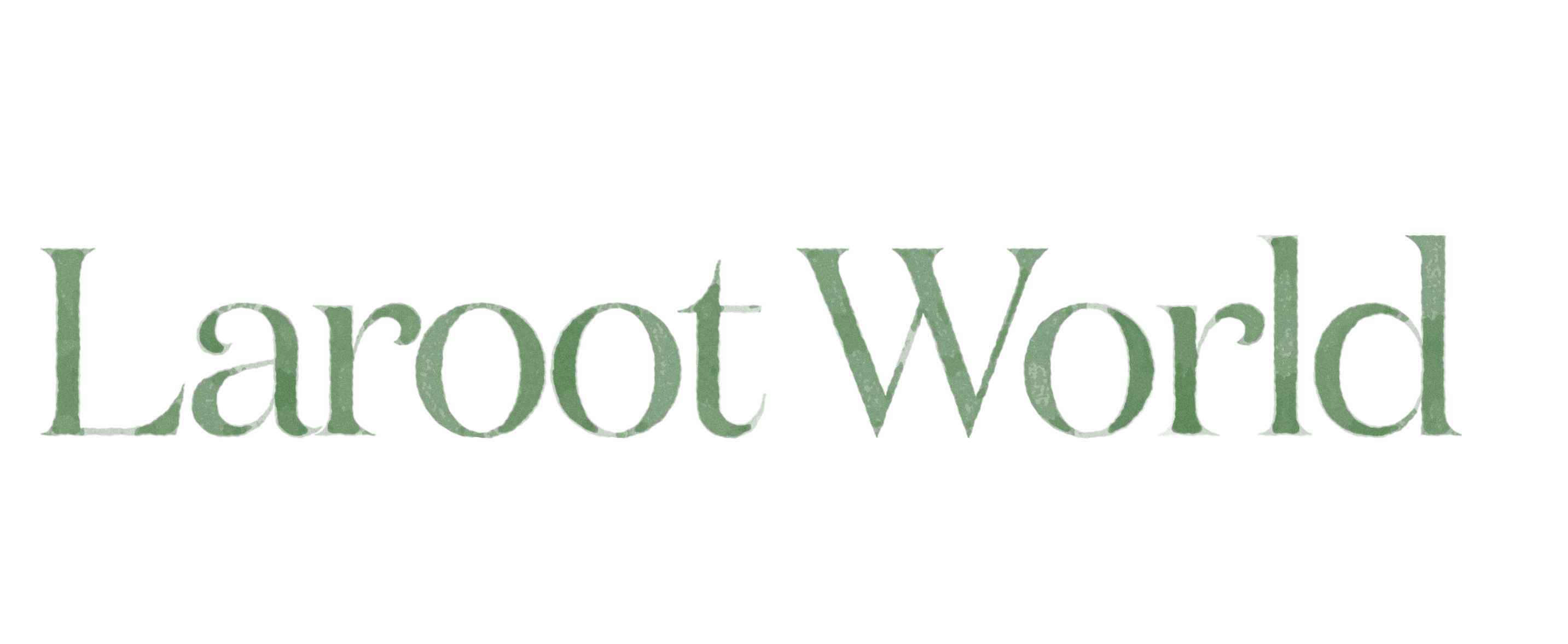The Ukrainian Table: A Taste Of Home

Our love for Ukrainian cuisine is showcased in our vibrant Borscht, and given the current socio-political state of this incredible country and culture, there hasn't been a better time to take a moment to honor its beautiful food and culinary heritage. It’s a heritage in which many cultures meet, drawing influence from Hungarian, Turkish, Polish, Tatar, German and even French cuisines, evolved over centuries and beautifully varied and complex.
“We grew up eating seasonally, as happily there was no alternative” says native food writer Olia Hercules in her book Mamushka, devoted to preserving her country’s culinary traditions and carrying them forward in the modern world. Olia has also been a vital Ukrainian voice and force on social media since the war broke out in 2022. “I remember the aroma of the first prickly cucumber in May, my mother chopping it straight over the chipped enamel bowl, then adding the tomatoes, radishes and a whole bunch of chopped dill, all well seasoned and lightly dressed with smetana – the silkiest of soured creams.” Indeed, Ukraine is a country whose cuisine is bursting with ancestral traditions, technical complexity and earthy ingredients from its rich dark soil chernozem – all of which deserve to be kept alive for generations to come. Many dishes descend from peasant recipes which make use of the country’s abundance of grain and fresh garden fruits and vegetables; fresh rye bread is almost always on the table. We love the complexity of flavor which brings depth to Ukrainian recipes, and often a little sprinkle of surprise.

While breakfast is traditionally a lighter meal, the mains are eaten in late afternoon and early evening, the latter being when families tend to congregate to share food together. One famous custom carried through generation after generation is the offering of salt and bread (korovai) upon arrival in a host’s home. Food is a language of love and generosity, and guests are spared no luxury, with all special occasions worthy of superb culinary accompaniments – a tenet Laroot can gladly appreciate and uphold. Our Ukrainian-born friend Yulia tells us about Holy Evening: a traditional dinner on Christmas Eve, when the whole family gathers at the table. “For this meal, only light dishes are usually prepared, since the traditional Christmas fast is still in progress. There should be exactly 12 dishes on the table. Why this number? The 12 dishes at Christmas represent the twelve apostles, and the number of months in the year. The main dishes on Christmas Eve are usually kutya and uzvar, and others can alternate depending on the preferences of the host.” Her favorite food is varenyky – more on those much loved pastry parcels below.
From the renowned to the lesser-known, below are some Ukrainian foods that bring a taste of the country’s healthy heritage to our home tables.

Borscht is the national soup and while the bright purple hue of beetroot is its most common incarnation, it can also be made with green sorrel and spring onion.

Varenyky dumplings can be made with any filling from potato to cheese; sour cherry ones in summer are a seasonal favorite and reflect Ukrainian cuisine’s imaginative desserts.

Salo is made when the rind of pork is fermented in brine or cured with salt. It is a much-loved accompaniment to all sorts of dishes including sweet ones, and can also be served on its own, boiled, smoked or fried, or used as a fat base for cooking other dishes.

Smetana is a homemade Ukrainian soured cream, which is thick and has a slightly golden hue and is used in many dishes both sweet and savory. Syr is the country’s version of curd, but creamier and more fluid, made using raw milk.
